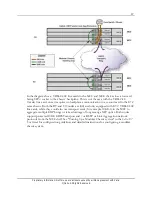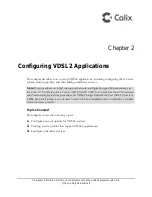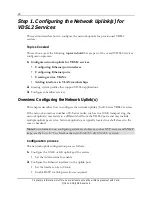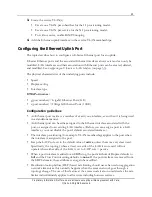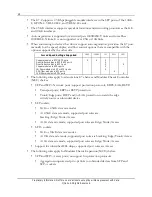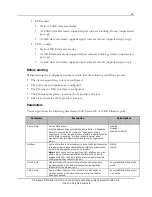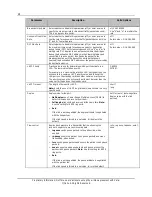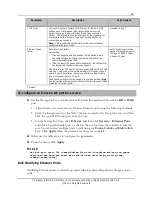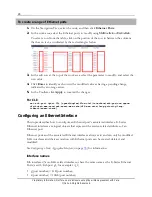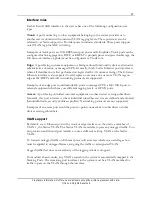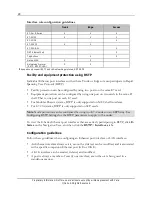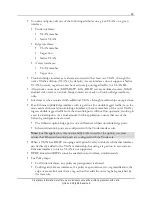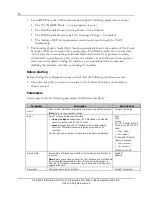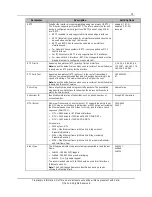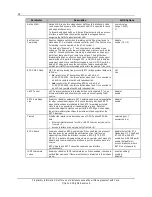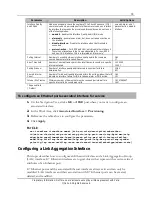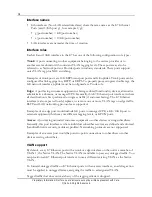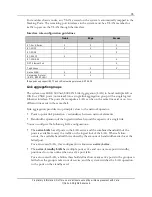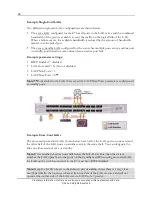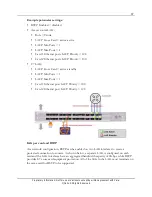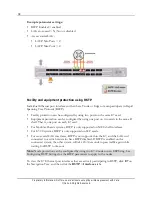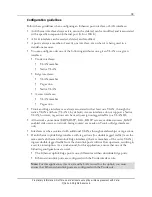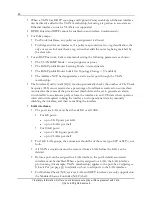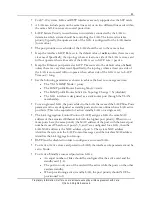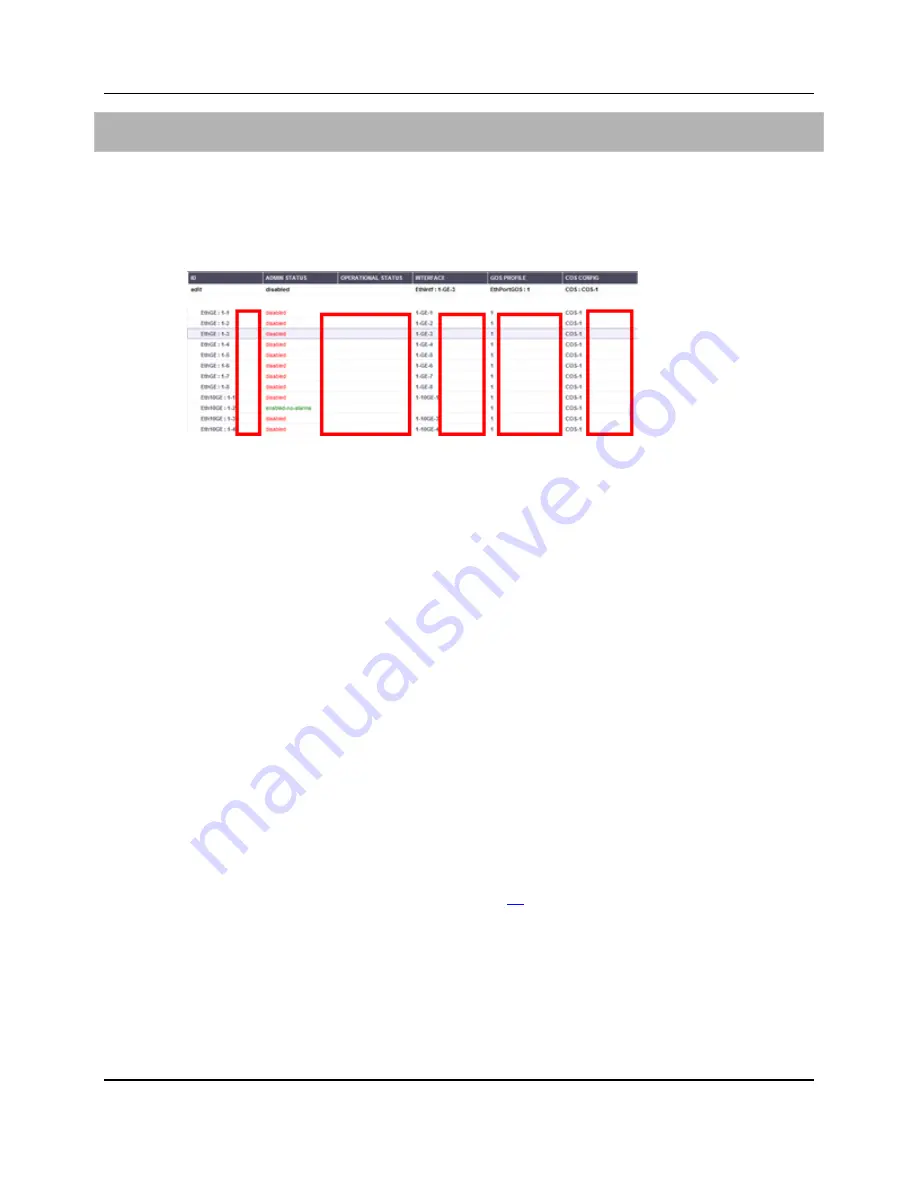
26
Proprietary Information: Not for use or disclosure except by written agreement with Calix.
© Calix. All Rights Reserved.
To create a range of Ethernet ports
1.
On the Navigation Tree, select the node, and then click
Ethernet Ports
.
2.
In the work area, select the Ethernet ports to modify using
Shift+click
or
Ctrl+click
.
To select a row from the table, click on the portion of the row in between the columns
that has no text, as indicated by the red rectangles below.
3.
In the edit row at the top of the work area, select the parameter to modify, and select the
new value.
4.
Click
Enter
to identify each row with a modified value as having a pending change,
indicated by an orange arrow.
5.
In the Toolbar, click
Apply
to commit the changes.
For CLI:
set eth-port <port ID> [speed|duplex|flow-ctrl|interface|eth-gos|cos-queue-
cfg|bcast-max-rate|unk-mcast-max-rate|dlf-max-rate|lacp-priority|lacp-
timeout|admin-state]
Configuring an Ethernet Interface
This topic describes how to configure an Ethernet port's associated interface. E-Series
Ethernet interfaces are logical objects that represent the service-related attributes of an
Ethernet port.
Ethernet ports and the associated Ethernet interfaces always exist and can only be modified.
LAG interfaces and their association with Ethernet ports can be created, deleted, and
modified.
See
Configuring a Link Aggregation Interface
(on page
33
) for information.
Interface names
Eth interfaces (Non-LAG related interfaces) share the same name as the E-Series Ethernet
Ports (card 1/Eth port g1, for example 1/g1)
g(port number) = GE(port number)
x(port number) = 10GE(port number)






